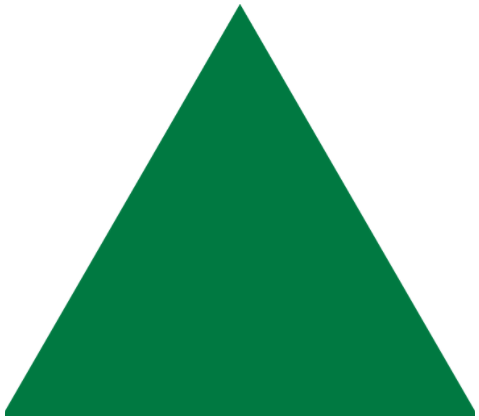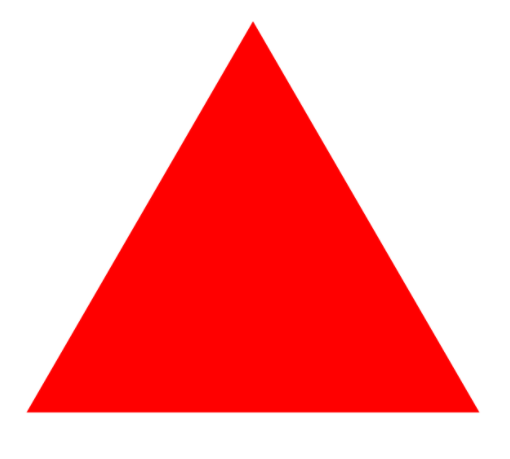- Hoke County Schools
- What is MTSS?
-
What is MTSS?
A multi-tiered system of supports (MTSS) is a proactive and preventative framework that integrates data and instruction to maximize student achievement and support students' social, emotional, and behavior needs from a strength-based perspective. NC MTSS employs a system approach using data-informed problem-solving to maximize growth for all by providing high-quality instruction and intervention, social and emotional learning, and positive behavioral supports necessary to ensure positive outcomes for districts, schools, teachers, and students. The MTSS framework consists of four essential components: screening, progress monitoring, multi-level prevention system, and data-based decision-making. Depending on state law, MTSS data may also support identification of students with learning or other disabilities. It is not a program. It is not a process. It is not a gateway to special education(SPED). It is not anything that anyone can be “put in" or "taken out of". MTSS is a framework for total district and school improvement that considers all learners in all schools in our district and ensures that all students receive quality and equitable instruction needed to achieve adequate growth and proficiency. As the name implies, this framework has a tiered infrastructure that uses data to help match academic, attendance, behavior, and social-emotional assessment and instructional resources to each student's needs.

-
Tier One Support (CORE)
Every single student receives the core, or Tier 1, instruction. Schools use various curriculums (i.e., Bridges for mathematics, etc.) as a means for presenting that core instruction. It is expected that at least 80% of our students will make adequate progress with this core instruction.

-
Tier Two Support (Supplemental)
If 80% of our kids are making adequate progress with the core instruction, that means that 20% are unable to access the differentiated core instruction. Because of this, some students may need additional layered supplemental (Tier2) support/intervention. Many schools provide Tier 2 support for small student groups. These students may work with a teacher at least twice per week using a program in a given subject in addition to the core Tier 1 instruction they are already receiving. All Tier 2 support must be evidence-based as determined by the state. Regardless of the method, it is expected that the majority of students receiving Tier 2 support will make adequate progress.

-
Tier Three Support (Intensive)
Students receiving core instruction (Tier 1) and frequent supplemental (Tier 2) instruction that are still not making sufficient gains may receive additional layered intensive (Tier 3) instruction. There should be no more than 5% of the student population requiring this level of support. Once core instruction is determined to be effective in at least 80% of the student population, diagnostic assessments are given to pinpoint why the remaining students are not learning. This data is used to create a plan for intervention. This support, when provided appropriately, must be in a setting that is no larger than a one-to-four teacher to student ratio; one-to-one instruction is ideal when possible.
It is crucial that during Tier 3 layered support, the teaching is specific to the student's needs. For instance, if a child is weak in reading and the diagnostic shows that he has excellent phonics skills but has a poor vocabulary, vocabulary should be the focus of this level of instruction.
Information retrieved from https://wigginsevals.com.

